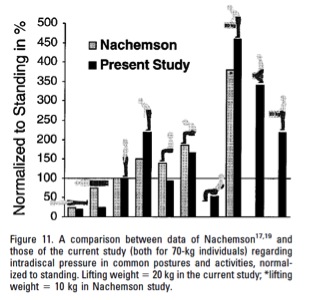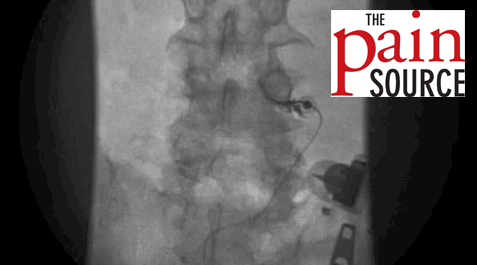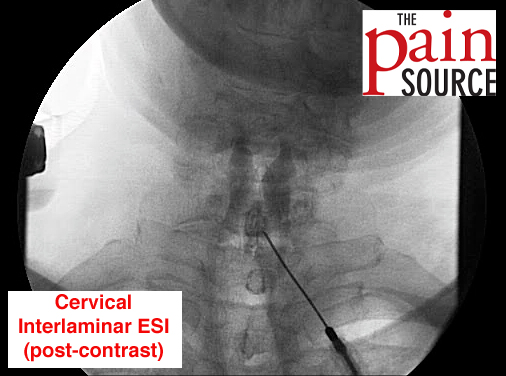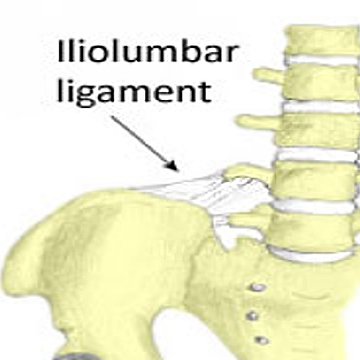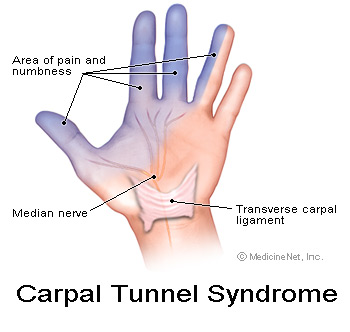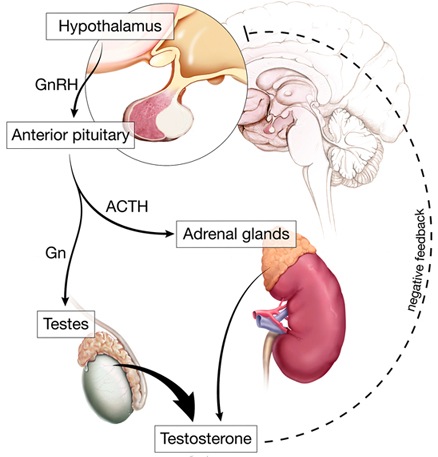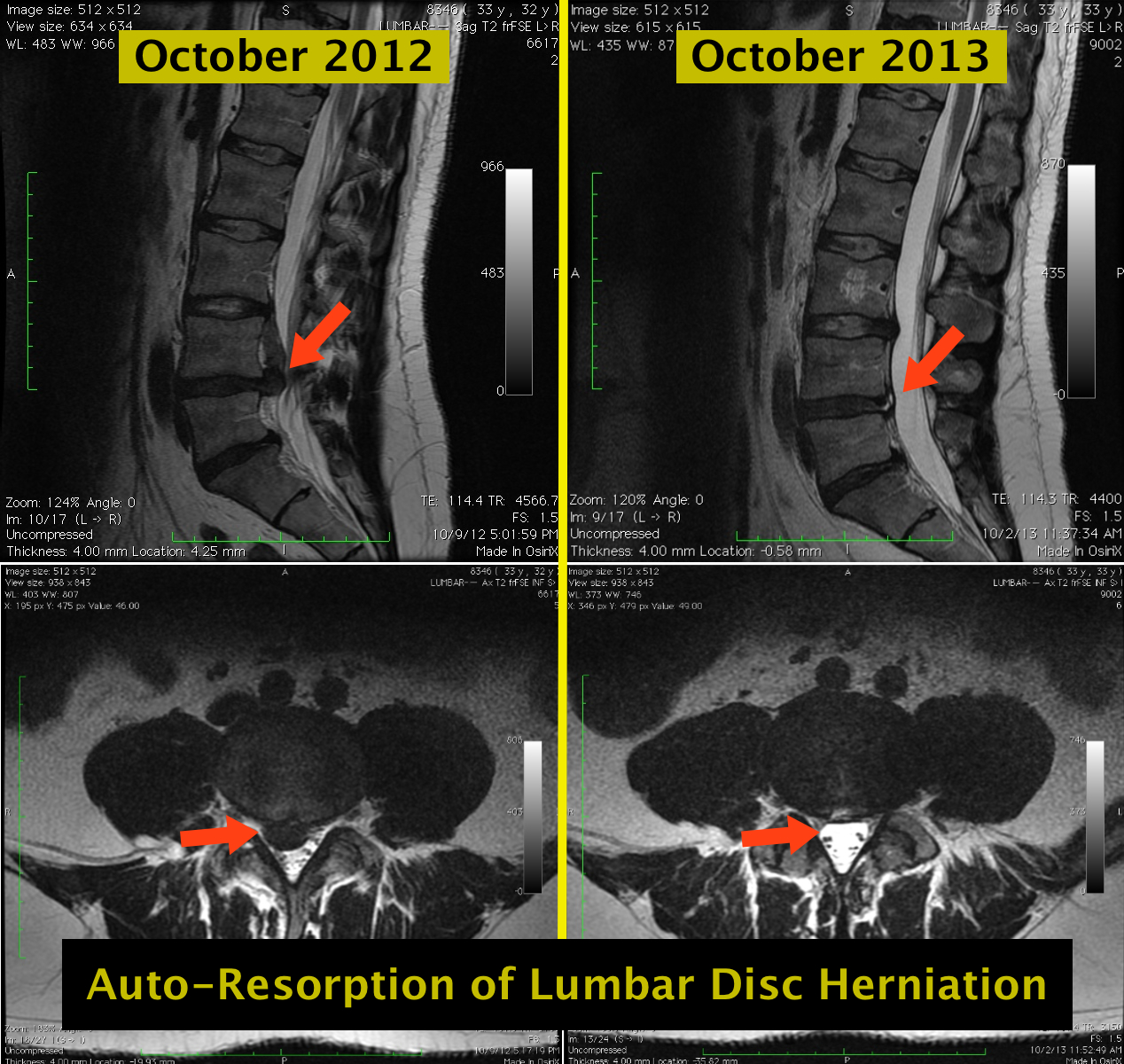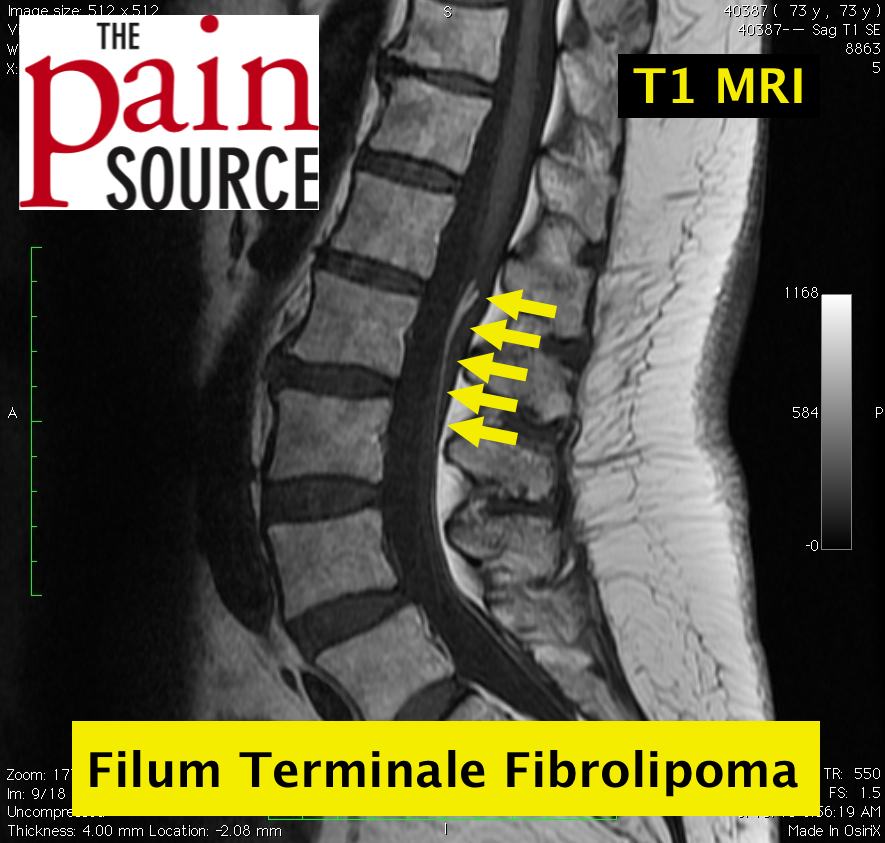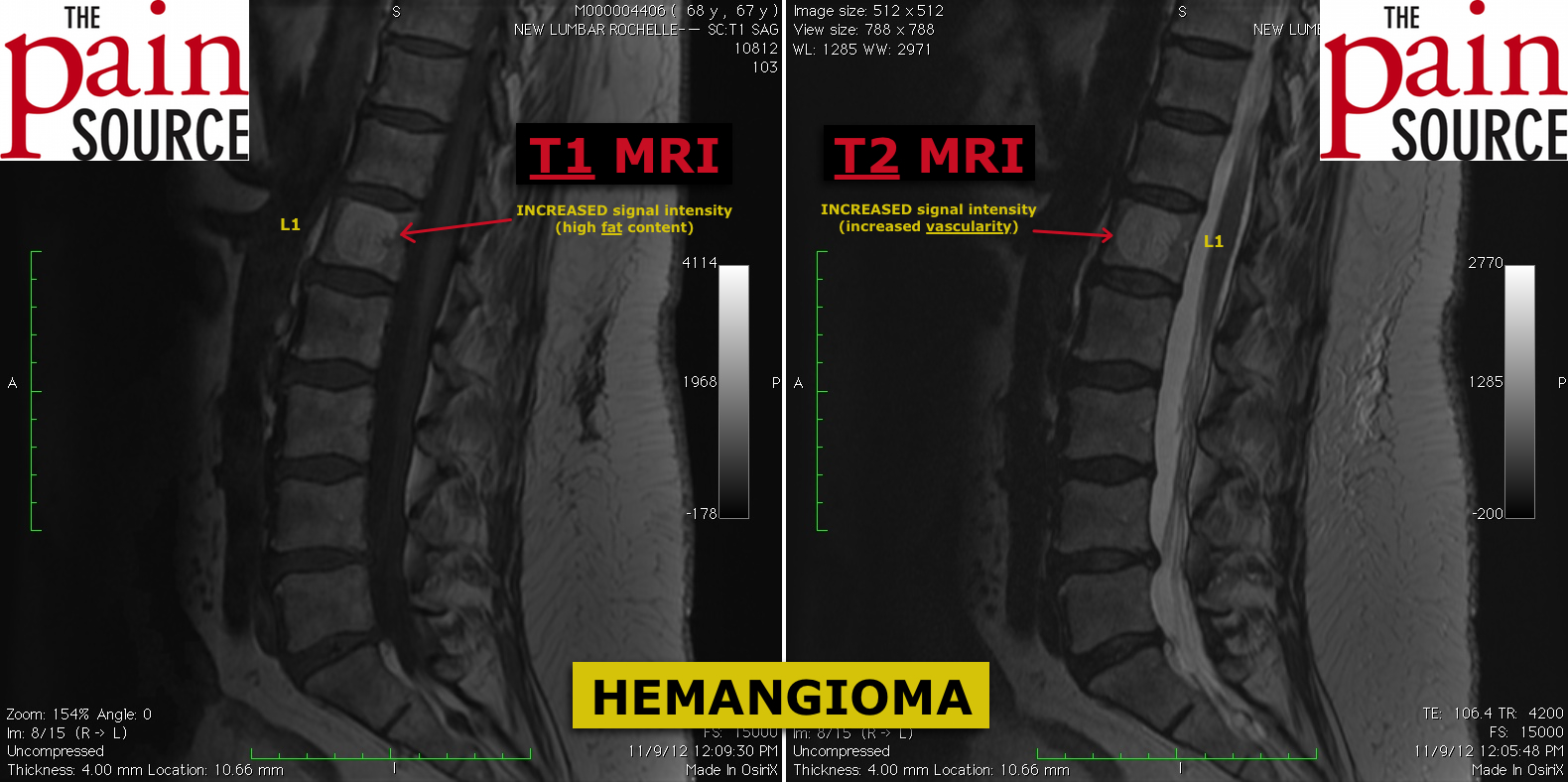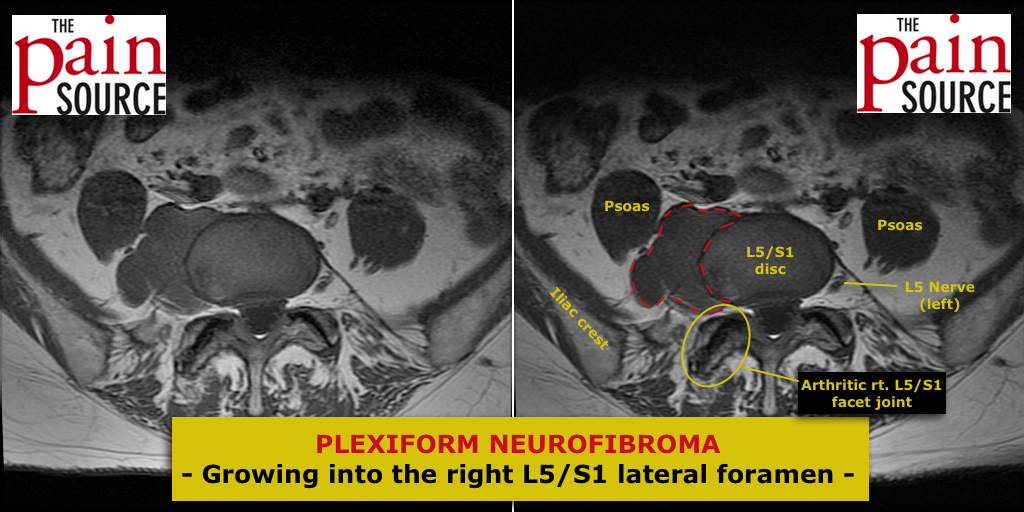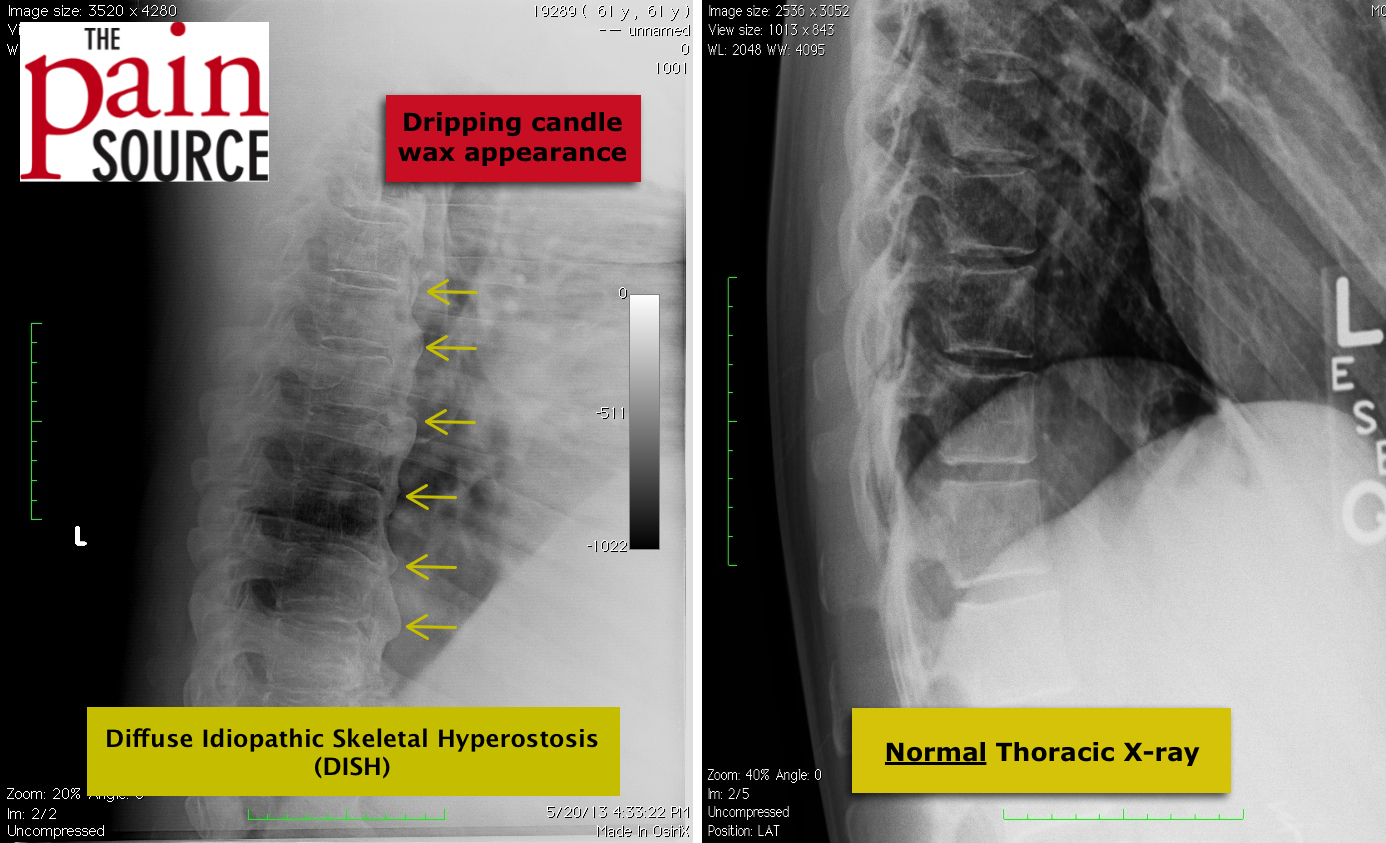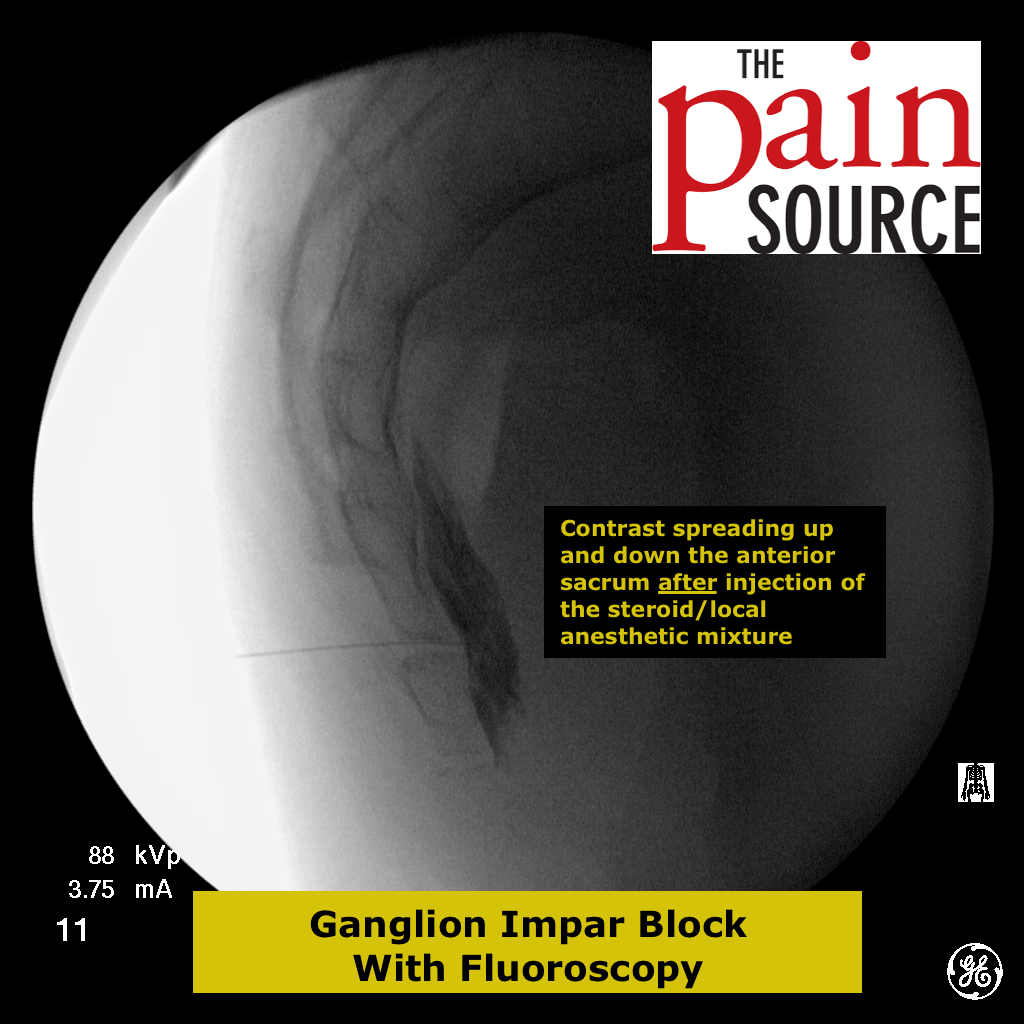Posted by Azlan Tariq, D.O.
New In Vivo Measurements of Pressures in the Intervertebral Disc in Daily Life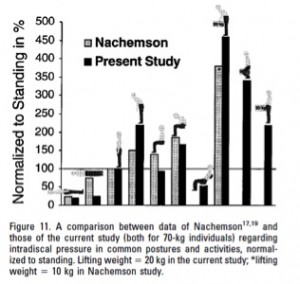
SPINE Volume 24, Number 8, pp 755–762
Hans–Joachim Wilke, PhD, Peter Neef, MD, Marco Caimi, MD, Thomas Hoogland, MD, and Lutz E. Claes, PhD
Department of Orthopedic Research and Biomechanics, Ulm, Germany
Department of Physical therapy and Rehabilitation, Basel, Switzerland
http://www.ncbi.nlm.nih.gov/pubmed/10222525
ABSTRACT
Objective: The goal of this study was to measure intradiscal pressure to complement earlier data from Nachemson with dynamic and long-term measurements over a broad range of activities.
Methods: Under sterile surgical conditions, a pressure transducer with a diameter of 1.5 mm was implanted in the nucleus pulposus of a nondegenerated L4-L5 disc of a male volunteer 45-years-old and weighing 70 kg. Pressure was recorded with a telemetry system during a period of approximately 24 hours for various lying positions; sitting positions in a chair, in an armchair, and on a pezziball (ergonomic sitting ball); during sneezing, laughing, walking, jogging, stair climbing, load lifting during hydration over 7 hours of sleeping, and others.
Results: The following values and more were measured: lying prone, 0.1 MPa; lying laterally, 0.12 MPa; relaxed standing, 0.5 MPa; standing flexed forward, 1.1 MPa; sitting unsupported, 0.46 MPa; sitting with maximum flexion, 0.83 MPa; nonchalant sitting, 0.3 MPa; and lifting a 20-kg weight with round flexed back, 2.3 MPa; with flexed knees, 1.7 MPa; and close to the body, 1.1 MPa. During the night, pressure increased from 0.1 to 0.24 MPa.
Conclusions: Good correlation was found with Nachemson’s data during many exercises, with the exception of the comparison of standing and sitting or of the various lying positions. Notwithstanding the limitations related to the single-subject design of this study, these differences may be explained by the different transducers used. It can be cautiously concluded that the intradiscal pressure during sitting may in fact be less than that in erect standing, that muscle activity increases pressure, that constantly changing position is important to promote flow of fluid (nutrition) to the disc, and that many of the physiotherapy methods studied are valid, but a number of them should be re-evaluated.
Full-text version of the study can be found for free online here http://www.fonar.com/pdf/spine_vol_24.No.8.pdf
Summary/My thoughts
Hans–Joachim et al (1999) wanted to reanalyze the original findings of ground breaking research conducted by Nachemson during the 1960’s. Since then, technology has changed, but no new studies have been performed.
From Nachemsons studies it was assumed that sitting increases the pressure in the nucleus pulposus approximately 40% when compared with standing. This finding has been applied by orthopedic surgeons who were commonly advised to stand rather than sit during surgery. This current study used a more advanced transducer than that used by Nachemson and more dynamic and long-term measurements were done over a broad range of activities.
Subject:
Unfortunately, the study had only 1 subject. He was a 45 year old male weighing 70 kg (154-lbs), standing 1.68 m (5’5″), in good physical condition and no history of back pain. A flexible-pressure transducer was placed in a healthy L4-5 disc which showed no signs of degeneration of dehydration. Total test period was for 24 hours.
Outcomes measured:
- Lying supine, lying on side, standing, sitting, and various other positions and activities.
Results:
Lying supine was measured to be 0.10 MPa and lying supine with knees slightly flexed was the lowest recorded value of 0.09 MPa. Sneezing while lying laterally increased pressure to .38 MPa, much higher than the 0.15 MPa caused by laughing while lying laterally.
Standing pressure was found to be between 0.48 MPa to 0.50 MPa. In sitting, fluctuations in pressure occurred with change in posture and support. Relaxed sitting on a stool with normal straight back produced a pressure of between 0.45 MPa to 0.50 MPa. Sitting with maximum flexion had the highest sitting pressure recording of 0.83. The lower the subject slouched in the chair, the more the pressure decreased (to a minimum of 0.27 MPa).
No difference noted when walking slowly or quickly, or between walking barefoot or with tennis shoes.
The highest pressure range was found during lifting and carrying a case of bottled beverage with a weight of 19.8 kg with bending over and legs straight.
Conclusion:
There were similarities between this study and the one conducted by Nachemson. Lying supine had the lowest disc pressure in both studies while flexing forward while standing or sitting substantially increased pressure in both studies.
Differences in the two studies was that this study found no change in pressure when lying supine or laterally while previously a threefold pressure increase was found.
One major difference was that the pressure was found to be lower when sitting in a relaxed position than in relaxed standing. Also consciously straightening the back while sitting can increase pressure by 10% compared to sitting in relaxed sitting.

